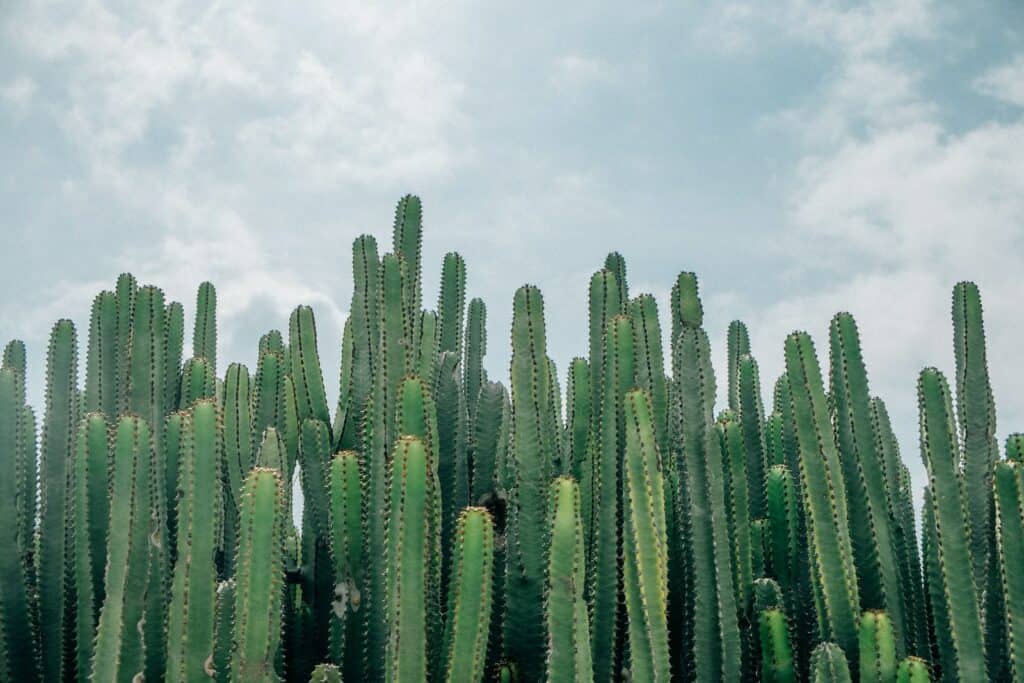Charles Plumier (1646-1704) was a French botanist and explorer known for his significant contributions to the field of plant taxonomy. His meticulous observations and descriptions of various plant species, especially those found in the Americas, laid the foundation for the modern classification system of plants. Plumier’s discoveries and publications greatly expanded botanical knowledge during the late 17th century and influenced subsequent generations of botanists.
Charles Plumier was born on April 20, 1646, in Marseille, France. Little is known about his early life and education, but his passion for plants and natural history developed at a young age. He became particularly fascinated by botany and set out to study plants and their classifications in detail.
In 1689, Plumier embarked on a voyage to the Caribbean as a botanist appointed by King Louis XIV of France. His mission was to explore and collect plant specimens from the French colonies in the region. Plumier spent several years traveling extensively throughout the Caribbean islands, including Martinique, Guadeloupe, and Hispaniola (present-day Haiti and the Dominican Republic).
During his explorations, Plumier meticulously documented and sketched various plant species, paying careful attention to their distinguishing features. He also corresponded with other botanists of his time, exchanging knowledge and specimens. Plumier’s work on plant taxonomy greatly contributed to the development of the Linnaean system of classification, which became the foundation of modern plant taxonomy and nomenclature.
Plumier discovered and described numerous plant species, many of which were previously unknown to European botanists. He is credited with identifying and naming several genera and species, including Fuchsia, Begonia, and Frangipani (Plumeria). His taxonomic contributions were groundbreaking and laid the groundwork for further botanical exploration and classification.
In 1693, Plumier returned to France with an extensive collection of plant specimens and detailed descriptions. He published several significant works based on his findings, including “Description des plantes de l’Amérique” (Description of the Plants of America), which was published posthumously in 1693-1697. This comprehensive work contained detailed illustrations and descriptions of over 600 plant species, many of which were new to science. Plumier’s publications played a crucial role in expanding botanical knowledge and sparking interest in the exploration and study of plant diversity.
Despite his significant contributions to botany, Plumier faced challenges and controversy during his career. He experienced difficulties in publishing his works, and some of his manuscripts were lost or stolen. However, his perseverance and dedication to the study of plants left a lasting impact on the field of botany.
Charles Plumier passed away on November 20, 1704, in Paris, France. His legacy as a pioneering botanist and explorer continues to inspire scientists and researchers to this day. Plumier’s name is honored through various botanical species, including the genus Plumiera, which was named in his honor.
References
1. Charles Plumier. The J. Paul Getty Trust.
2. Plumier, Charles. The Editors of Encyclopaedia Britannica. Encyclopaedia Britannica.
3. Charles Plumier. Missouri Botanical Garden.
4. Charles Plumier. Newworldencyclopedia.







